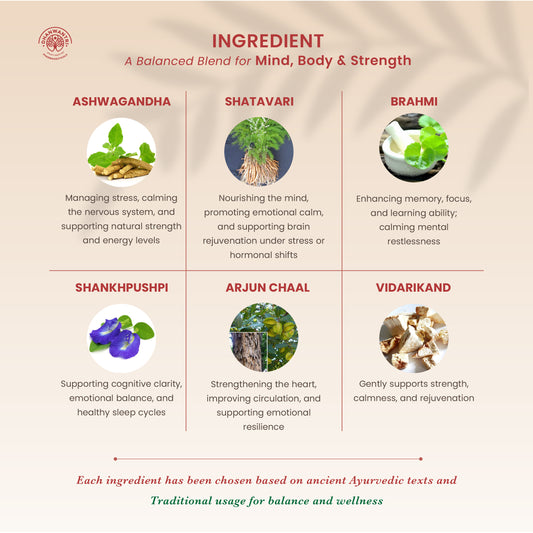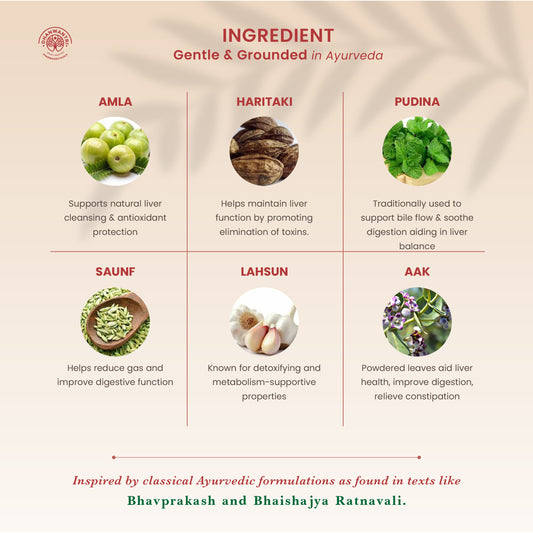How can manage diabetic problem
Diabetes is a chronic health condition characterized by high levels of sugar (glucose) in the blood. It occurs when the body either doesn't produce enough insulin (Type 1 diabetes) or can't effectively use the insulin it produces (Type 2 diabetes). Insulin is a hormone that helps regulate blood sugar and allows cells to use glucose for energy. Elevated blood sugar levels over time can lead to various complications affecting the heart, eyes, kidneys, nerves, and other organs. Managing diabetes involves medication, lifestyle changes (like diet and exercise), regular monitoring of blood sugar levels, and sometimes insulin injections to keep blood sugar within a healthy range.
What is diabetes?
Diabetes is a chronic health condition that affects how your body regulates blood sugar (glucose). It occurs when the pancreas doesn't produce enough insulin (Type 1 diabetes) or when the body doesn't effectively use the insulin it produces (Type 2 diabetes). This leads to elevated levels of glucose in the blood, causing various health complications if not managed properly.
There are primarily three main types of diabetes:
- Type 1 Diabetes: This occurs when the immune system attacks and destroys the insulin-producing cells in the pancreas. People with Type 1 diabetes need to take insulin regularly to survive.
- Type 2 Diabetes: This is characterized by the body's inability to use insulin effectively or the pancreas not producing enough insulin. It's often associated with lifestyle factors like obesity and lack of physical activity.
- Gestational Diabetes: This type develops during pregnancy when the body cannot produce enough insulin to meet the increased needs, leading to high blood sugar levels. It usually resolves after childbirth but increases the risk of developing Type 2 diabetes later in life.
The causes of diabetes can differ based on the type:
- Type 1 Diabetes: The exact cause is not entirely known, but it's believed to involve genetic predisposition and environmental factors, such as certain viruses triggering an autoimmune response that attacks the insulin-producing cells in the pancreas.
- Type 2 Diabetes: Lifestyle factors play a significant role, including obesity, lack of physical activity, and poor diet. Genetic and environmental factors also contribute, but lifestyle choices greatly influence its development.
- Gestational Diabetes: During pregnancy, hormonal changes can affect insulin function. Women who are overweight, have a family history of diabetes, or are older during pregnancy are at higher risk.
Symptoms of diabetes can include:
- Frequent Urination: Increased need to urinate, especially at night.
- Excessive Thirst: Feeling unusually thirsty and needing to drink more fluids.
- Increased Hunger: Feeling hungrier than usual, even after eating.
- Unexplained Weight Loss: Losing weight despite eating more (mostly associated with Type 1 diabetes).
- Fatigue: Feeling extremely tired or fatigued.
- Blurred Vision: Vision becoming blurry or experiencing changes in eyesight.
- Slow Healing: Cuts and wounds taking longer to heal.
- Tingling or Numbness: Especially in the hands or feet.
- Recurrent Infections: Such as skin infections or urinary tract infections.
Preventing or reducing the risk of diabetes involves several lifestyle adjustments:
- Healthy Eating: Maintain a balanced diet rich in fruits, vegetables, whole grains, lean proteins, and healthy fats. Limit intake of processed foods, sugary drinks, and high-fat meals.
- Regular Physical Activity: Aim for at least 30 minutes of moderate exercise most days of the week. This can include brisk walking, cycling, swimming, or any activity that raises your heart rate.
- Weight Management: Maintain a healthy weight through a combination of balanced eating and regular exercise. Even a modest weight loss can significantly reduce the risk of Type 2 diabetes.
- Regular Health Check-ups: Get regular check-ups and screenings to monitor blood sugar levels, especially if there's a family history of diabetes or if other risk factors are present.
- Limit Alcohol and Quit Smoking: Moderation in alcohol consumption and avoiding smoking can help reduce the risk of Type 2 diabetes and its complications.
The Role of Ayurveda in Diabetes Treatment
Benefits of using Diaba Treat:
- Blood Sugar Support: Diaba Treat contains a blend of herbal ingredients that have been traditionally used to promote healthy blood sugar levels.
- Digestive Health: The selected herbs in Diaba Treat may contribute to maintaining a healthy digestive system, aiding in proper nutrient absorption.
- Antioxidant Protection: Diaba Treat includes ingredients known for their antioxidant properties, which may help protect against oxidative stress and support overall cellular health.
- Holistic Wellness: Diaba Treat aims to support your overall well-being by addressing various aspects of health.
For optimal results, take 2 tablets of Diaba Treat each in the morning, noon, and evening with water. Consistency is key to experiencing potential benefits .
Ingredients
Jamun
Karela
Neem
Giloy
Amla
Conclusion:
From ancient mysteries to modern advancements, diabetes has seen a transformative journey. Insulin's discovery was groundbreaking, saving lives. Today's technology, like glucose monitors, aids management. Though no cure exists, ongoing research offers hope for better treatments. The evolution emphasizes the need for ongoing innovation to tackle this complex condition.





